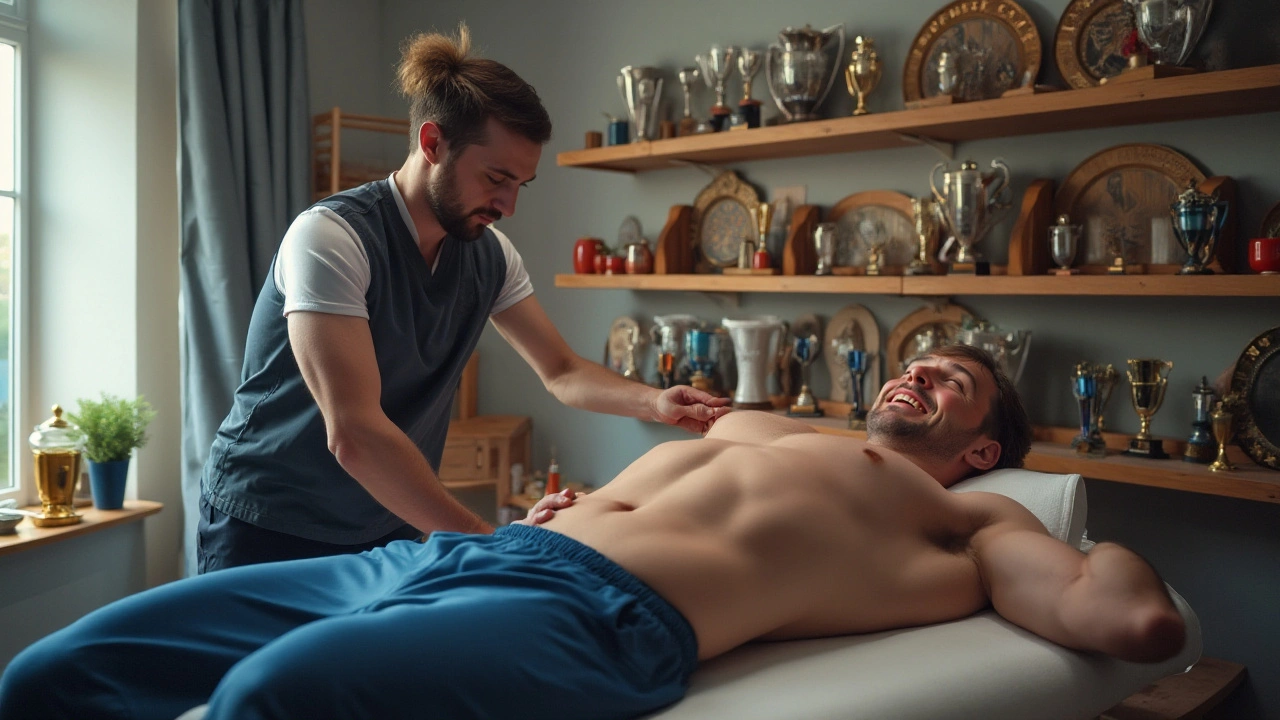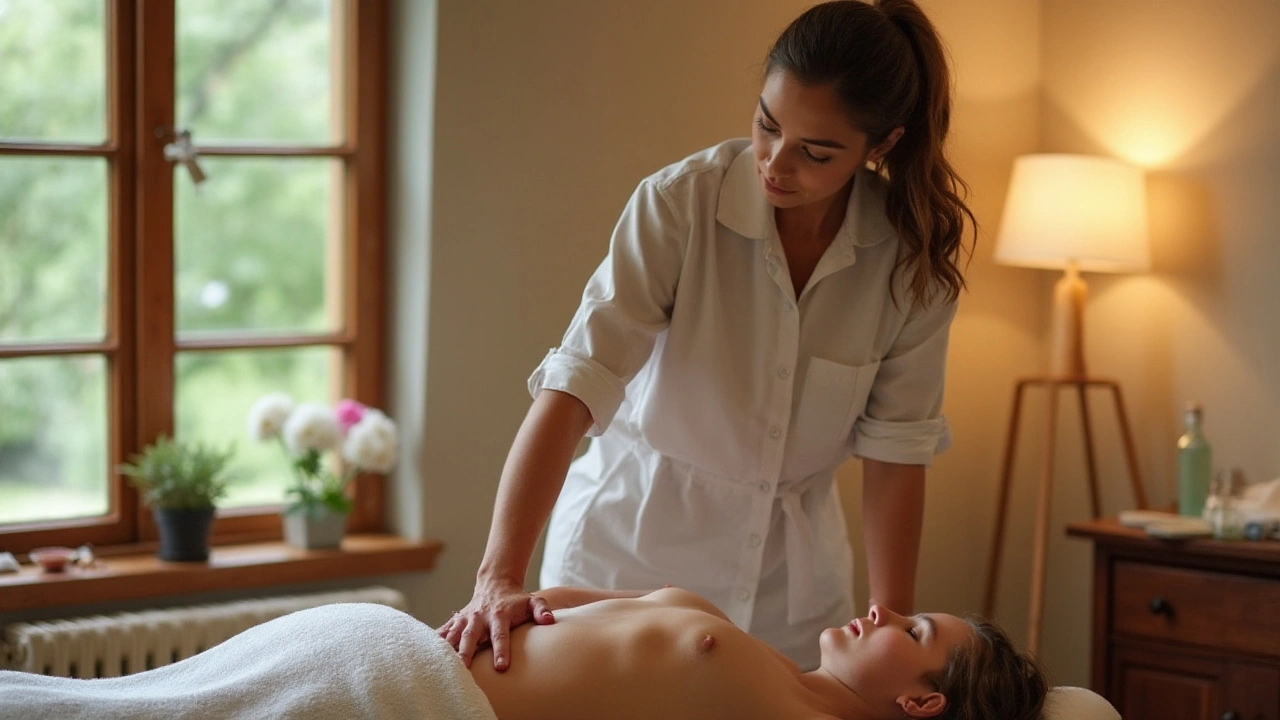Muscle Therapy: Simple Ways to Ease Pain and Improve Mobility
Tight muscles can change how you or your dog walk, run, and feel every day. Muscle therapy covers hands-on methods and simple tools that relax muscles, ease pain, and restore movement. You don’t need fancy gear to get results—just know what to do and when to stop.
Start by noticing the signs: a limping dog that favors a leg, a human with a stiff neck in the morning, or a recurring knot after workouts. Those are clues to focus on muscle work before problems get worse. Muscle therapy isn’t just massage for comfort—when done right it helps blood flow, reduces tightness, and improves posture and movement patterns.
Quick Muscle Therapy Tools You Can Use Today
Hands-on massage: Use slow, firm strokes along the muscle’s length. For dogs, use flat hands and watch for relaxed breathing or tail wagging as positive feedback. For people, start with 1–2 minutes per area and check how the tissue feels.
Trigger-point release: Press gently into a tight knot for 8–12 seconds, then release. Repeat 2–4 times. If the area gets much more painful or causes numbness, stop immediately.
Myofascial release basics: Keep strokes long and steady instead of short rubbing. Hold a gentle stretch on a tight band until you feel the tissue soften. This works well on back, thighs, and shoulder blades.
Simple tools: A soft rubber ball, massage stick, or foam roller can work wonders. For dogs, use a soft ball rather than a hard roller and avoid pressure over bones and joints. For humans, roll slowly and stop on sore spots for short holds—don’t grind through intense pain.
How Often and What to Watch For
Short, regular sessions beat occasional long sessions. Aim for 5–10 minutes daily on problem areas, or after exercise for athletes. After a session, muscles should feel looser and movement smoother. If soreness increases or limping worsens, rest and consult a professional.
Heat before a session warms tissue and helps hands glide; cold after intense work or injury reduces inflammation. Combine muscle therapy with gentle stretching and strengthening to keep gains. For dogs, pair sessions with short leash walks and praise—make it pleasant so they cooperate.
When in doubt, get a pro. If pain is sudden, severe, or tied to loss of function, see a vet or physical therapist. A trained therapist can assess posture, gait, and underlying causes, then build a targeted plan that blends hands-on work with exercises.
Muscle therapy is practical and approachable. Start small, pay attention to how the body responds, and build simple habits. A few minutes of focused work every day can cut pain, improve movement, and keep both you and your dog moving well.

Sports Massage Science: Boosting Athletic Recovery and Performance
Discover how sports massage works, what science says about its effects on your body, and get real tips for using massage to boost recovery and performance.

Enhancing Athletic Recovery with Sports Massage Techniques
Sports massage offers numerous benefits for athletes, including improved circulation, reduced muscle tension, and injury prevention. By understanding specific techniques and when to apply them, athletes can enhance their recovery process and optimize performance. It's not just a luxury; it's a vital component of an effective training regimen that prioritizes long-term health and success.

Unlocking Peak Performance with Sports Massage Techniques
Sports massage is an increasingly popular practice among athletes looking to enhance their performance and recovery. It involves tailored techniques that help to increase flexibility, prevent injuries, and reduce recovery time. This article delves into the science behind sports massage, offering insights into its benefits, methods, and tips for integrating it into regular athletic routines. Whether you're a professional athlete or an active enthusiast, understanding these techniques can serve as a secret weapon in achieving athletic goals.

Unlocking the Secrets of Trigger Point Massage Therapy
Trigger point massage is gaining popularity as a powerful method for alleviating chronic pain and muscle tension. This technique targets specific areas known as trigger points, which can cause discomfort and restrict movement. Through the application of pressure and manual manipulation, therapists help release tension and promote relaxation. Discover the benefits of this massage, the science behind its effectiveness, and tips for integrating it into your wellness routine.

Unlocking Athletic Prowess with Sports Massage: The Ultimate Edge
Discover the hidden benefits of sports massage for athletes. This article delves into the secrets behind muscle therapy and how it can significantly boost athletic performance by improving recovery, flexibility, and mental focus.

Experience the Healing Power of Stone Therapy
Aug, 18 2023

Calmness Benefits in a Hyperactive Society
Oct, 8 2025


